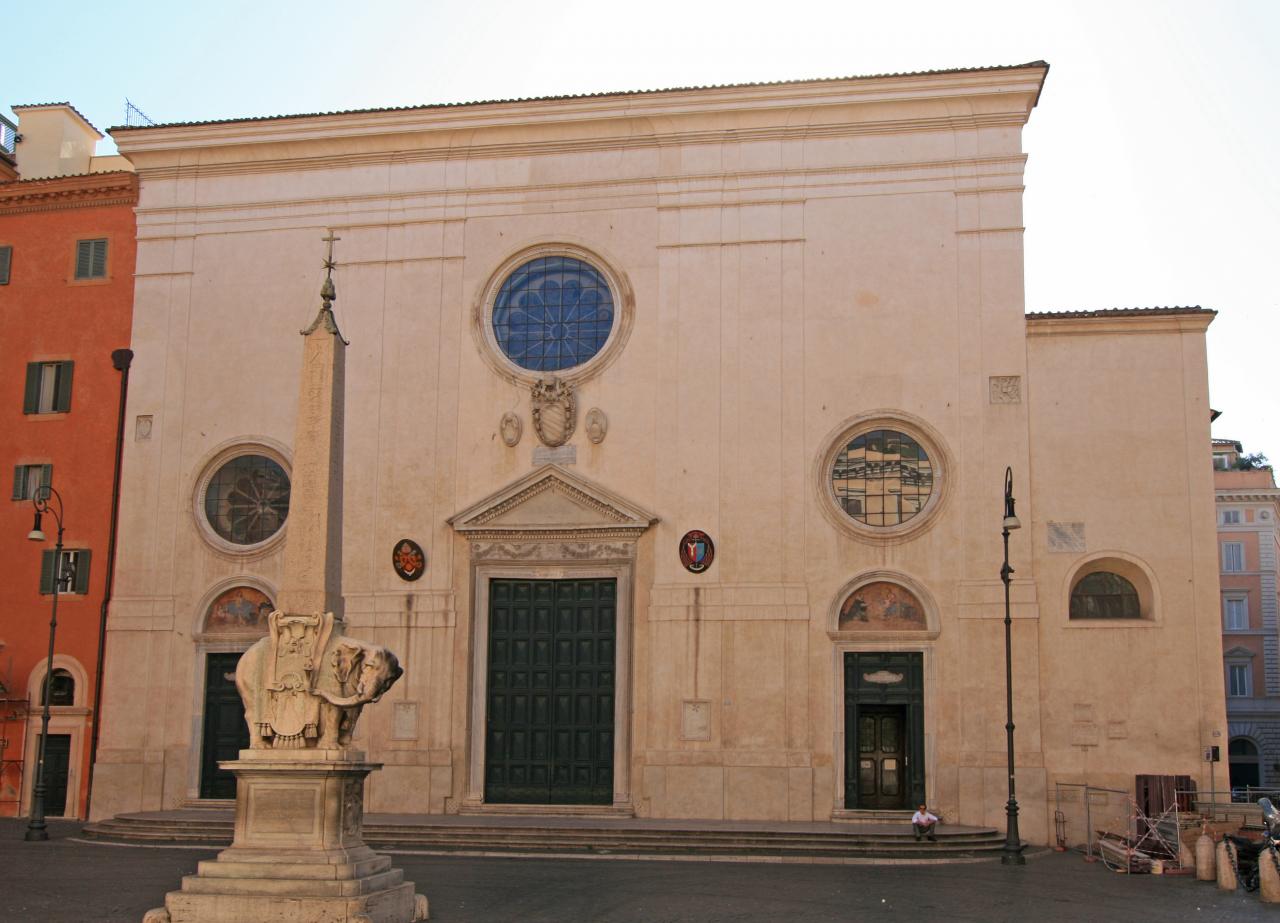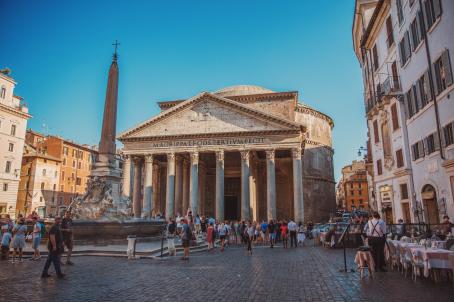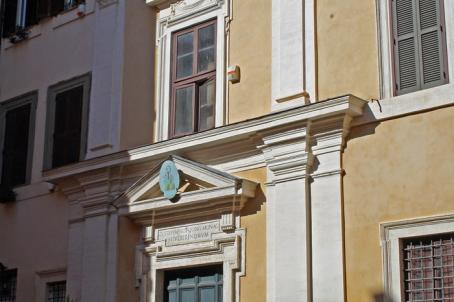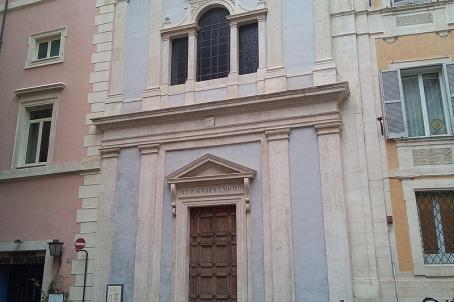Basilica di Santa Maria sopra Minerva
The Basilica Santa Maria Sopra Minerva is a 15th century basilica near the Pantheon. It is a rare example of Gothic architecture in Rome. It is in the contiguous convent of the church that, on June 22, 1633, Galileo Galilei, suspected of heresy, abjured his scientific theses.






